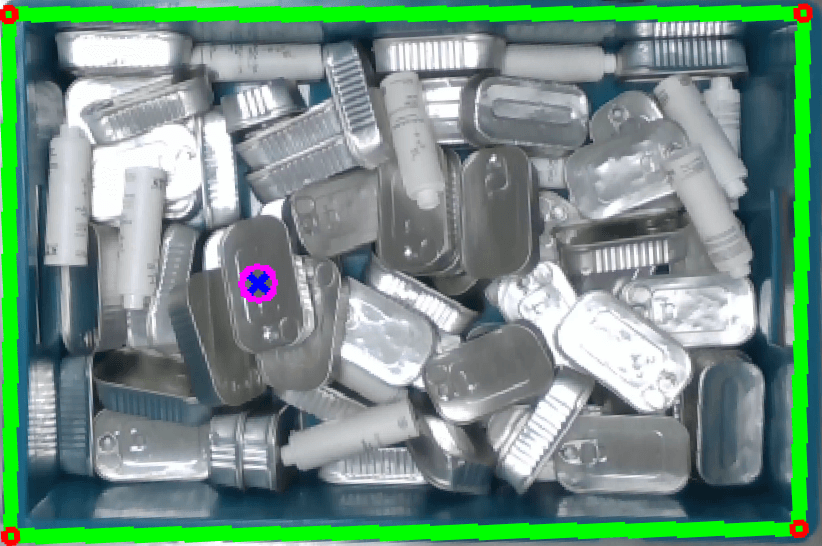Object classification and detection
Topic outline
-

- Time: 2h
- Language: English
- Access:
- Free: Training Part 2
- Available only after agreement with EDI: Training Part 1 and Part 3
- Level: Intermediate
-
The capability of computer vision continues to grow and so do the applications of CV. It seems that artificial vision approaches the needed reliability for human-level object classification and detection. Currently, the most successful approach in the field is supervised deep learning. It uses labelled data, where the training images have annotations with the correct answers, which should be returned by a correctly trained model. For good results, one must consider not only the structure of the model and the training parameters but also the quality of the data that is labelled and given to the network for training. This material aims to improve the knowledge about object classification and detection using CNN and AI usage in robotic systems and other sectors where the classification of different kinds of objects is needed. Basic usage of ROS is required as all the data is transferred via a standard ROS transport system with publish/subscribe and request/response semantics.
-
University/Research Institute/student, Technology Provider/system integrators
-
Linux, ROS, Python